Now more than ever, global consumers are flirting with and cheating on their favorite brands—many of which they’ve held near and dear for years. Whether they’re doing so to stay current with the latest trends or to simply try something that piques their curiosity, “new” has greater pull these days than tried and true. But while choice is fantastic for consumers, this new addiction to “newism” is leaving established companies heartbroken and desperate for a second chance.
Fast and fickle consumers—those whose curiosity and changing interests are driving their buying habits—are fanning the flames of brand disloyalty around the globe. With only 8% of global consumers saying they are committed to the brands they purchase, it’s critical for brands and retailers alike to identify the tendencies of the fast and fickle in order to better understand what these consumers prioritize. From there, they can readjust their marketing strategies to boost—or more likely recapture—retention.
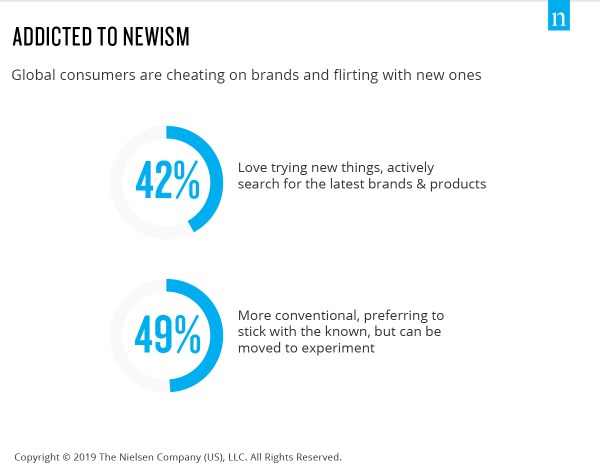
In addition to their newfound infatuation with the new and different, fast and fickle consumers aren’t afraid to try brands they’re not familiar with. Depending on their buying patterns, we’ve split these consumers into two categories: active explorers, those who frequently purchase new brands, and conscious considerers, those who prefer to stick to brand names they know but still experiment from time to time. Though different, each group plays a major role in the growth of brand disloyalty.
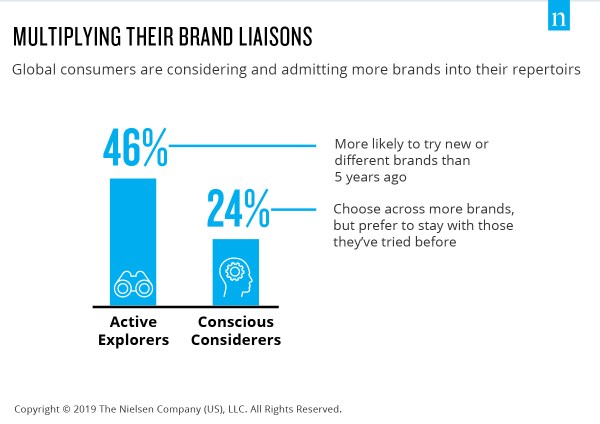
Naturally, of course, price is a considerable factor in consumer purchase decisions. However, if price was once the most important factor, that’s no longer the case. With global consumers wanting more bang for their buck, price promotion as a choice driver—a characteristic that holds significant weight in a consumer’s purchasing decision—is proving to be less important to shoppers than the value a product offers them.
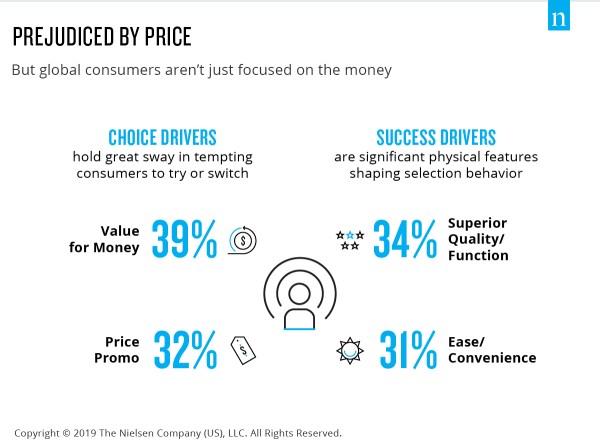
It’s also important to note that the power of social media and the interactivity it promotes are critical to brands today. Although ads on TV, radio, and print still play a role in consumers’ purchasing decisions, independent opinions and reviews are actually more influential in persuading a consumer to buy one product or brand over another. Brands should capitalize on the ability to generate personal dialogues with consumers through social media while also allowing prospects the opportunity to provide feedback. These efforts will go a long way in fostering consumer acquisition and retention.
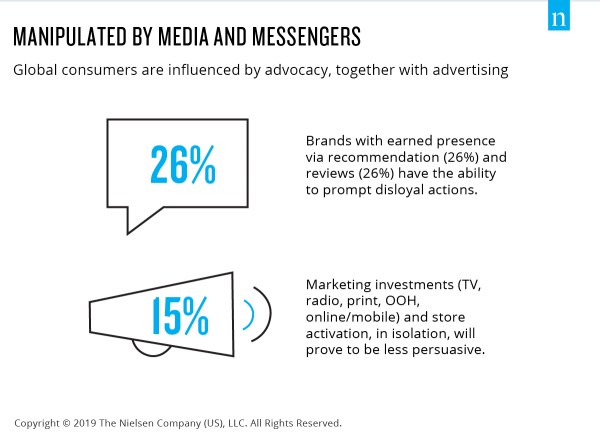
Country of origin is also a big purchase driver and a factor that can have a large impact on both brand loyalty and the global marketplace in general. Because of the high value shoppers place on “homegrown,” brands should leverage their locale in their marketing tactics to boost loyalty among their consumers.
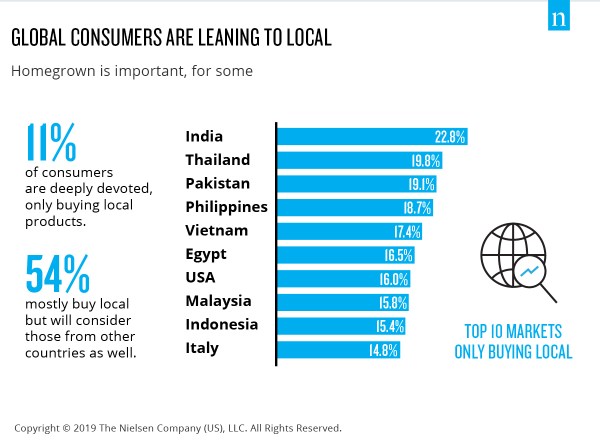
The bottom line in today’s market is that established companies can no longer rely on the heritage of their household names to keep customers coming back for more. With an overwhelming 92% of global consumers stating that they don’t consider themselves brand loyal, the halos above well-known brands are losing their radiance. Brand disloyalty, however, isn’t just a challenge for established brands. While it’s true that many might jump to think global brands are most at risk here, the reality is that consumer disloyalty doesn’t play favorites. That means no brand is safe to rest on its laurels. As long as product variety and access to it continues to expand, global disloyalty will grow as well—no matter how recognized a brand is.

On the bright side, not all hope is lost. While it may seem as though brand loyalty is growing obsolete, brands do have an opportunity to turn the tables. Here’s some good news: 28% of consumers are drawn to the strength and confidence that’s associated with a familiar brand. So as long as companies helming those brands adjust their strategies to capitalize on their core strengths, their futures should be promising. It’s also worth noting that almost 50% of global consumers prefer to stick with what they know but can be persuaded to make a change. So even though disloyalty is the new normal, your brand doesn’t have to fall victim to it.



